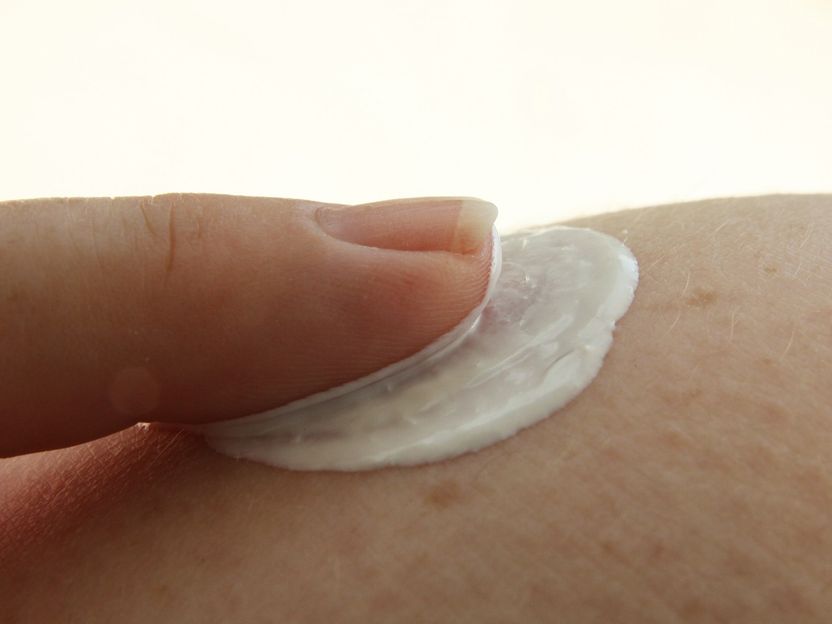Multi-organ platform for risk assessment of nanomaterials
Multimodular microchip platform for predicting the behaviour of nanomaterials in the body
nanomaterials are already part of everyday life in our modern society. New applications, along with continuously rising quantities being produced, have led to an increased exposure to nanomaterials for both people and the environment. Predicting the behaviour of nanomaterials in organisms and extensive risk assessments are currently difficult because we are missing prediction models.

chezbeate, pixabay.com, CC0
How do these small particles with a size of only few millions of a millimetre overcome the protective layers of our body? How do the particles behave in the organism? Are the particles metabolised and are they dangerous? In order to find answers to these and other questions, 11 partners from business and science are developing new, innovative methods for precise detection of the behaviour of nanomaterials in the body and for better prediction and safe evaluation of the resulting risks for humans. This work is being done within the framework of the EU-project »HISENTS: High level integrated Sensor for Nanotoxicity Screening«.
Due to their small size and varied physical and chemical properties, nanoparticles can perform special functions and are today incorporated in a large number of everyday products. Nanoparticles are present in cosmetics, textiles, cleaning agents, sprays, packages as well as in food and dietary supplements and thus enter the human body day-to-day. Even the application of nanoscale particles in the pharma or medical sector is no longer a rarity. Therapeutics (e. g. drugs for chemo- or phototherapy) and diagnostics (e. g. contrast agents) as well as coatings of implants are increasingly based on nanomaterials.
Due to the numerous knowledge gaps and lack of model systems, so far only insufficient prediction of absorption, distribution, metabolism and excretion (ADME) of synthetic nanomaterials in the human organism is possible. In the pharmaceutical research and drug development industry the PBPK model (physiologically based pharmacokinetic model) is chosen as an established approach for the mathematical prediction of kinetic profiles of medical compounds regarding dose, route and species. In doing so the concentration in the tissues and toxic, as well as pharmacologic, effects are included. »Up to now only initial approaches of such models exist for nanomaterials«, explains Dr. Yvonne Kohl, Group Manager Nanotoxicology at the Fraunhofer Institute for Biomedical Engineering IBMT.
Most read news
Topics
Organizations
Other news from the department science

Get the analytics and lab tech industry in your inbox
By submitting this form you agree that LUMITOS AG will send you the newsletter(s) selected above by email. Your data will not be passed on to third parties. Your data will be stored and processed in accordance with our data protection regulations. LUMITOS may contact you by email for the purpose of advertising or market and opinion surveys. You can revoke your consent at any time without giving reasons to LUMITOS AG, Ernst-Augustin-Str. 2, 12489 Berlin, Germany or by e-mail at revoke@lumitos.com with effect for the future. In addition, each email contains a link to unsubscribe from the corresponding newsletter.






















































